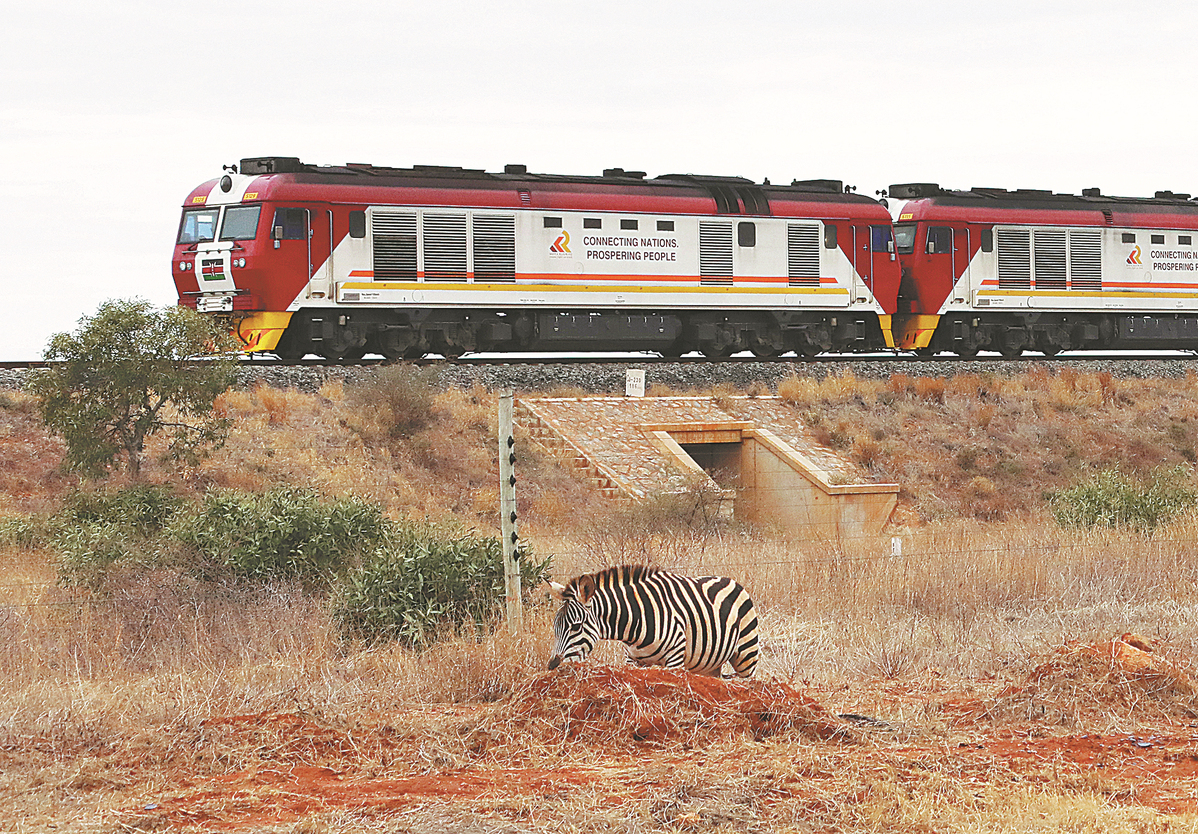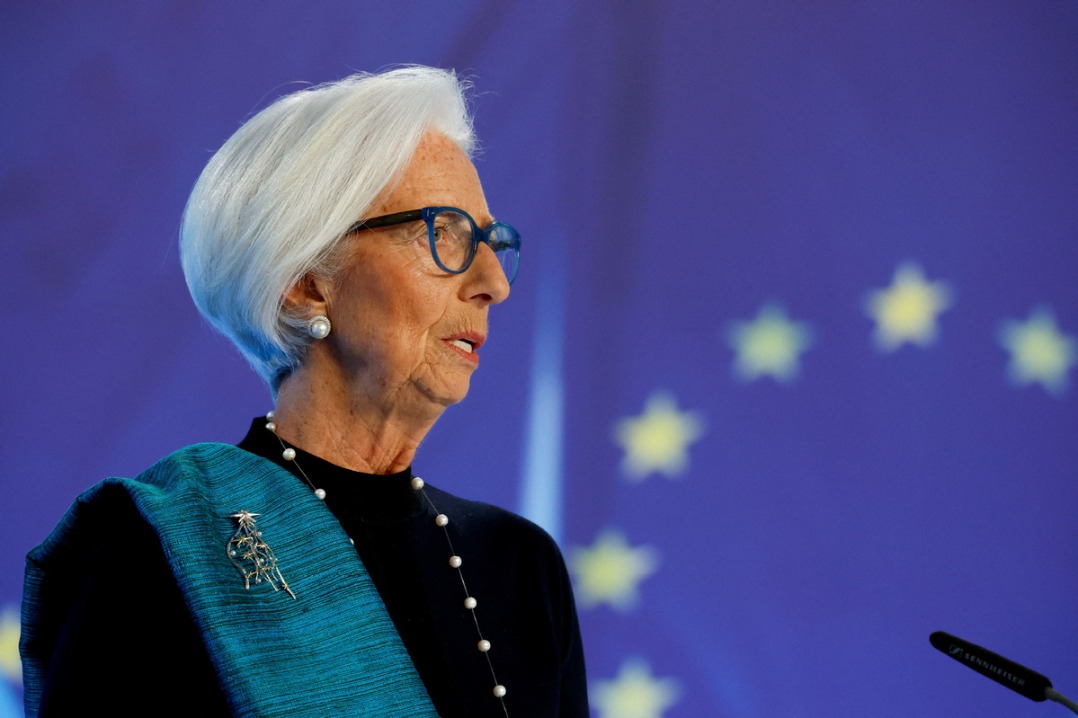Pride travels far with Kenya's boom railway


5 years and 7m trips later, China-built line to coast becomes top travel choice
A Chinese-built railway linking Kenya's two main cities is marking its fifth anniversary with a dollop of national pride in providing services to millions of passengers.
Since May 2017, more than 7 million trips have been booked on the Mombasa-Nairobi Standard Gauge Railway, or SGR, and 19.8 million metric tons of goods have been carried along the 480-kilometer line.
The railway, funded and built with help from China, has become the No 1 travel option among Kenyans and foreigners traveling between the coastal city of Mombasa and the capital Nairobi, according to Africa Star Railway, or Afristar, the operating company.
Last year, the SGR ferried a record 2 million passengers, up from the 700,000 that used the railway in 2017. The numbers keep rising as more Kenyans continue to embrace it.
Sun Yan, a train fleet team leader at the company, said the pandemic and the resulting movement restrictions reduced passenger numbers in 2020. However, with the restrictions lifted, the numbers have bounced back.
"Our service has improved throughout the last five years because we have high technical standards and rules when it comes to the implementation of our customer service policy," Sun said. "We also combine our knowledge and expertise from China with local talent as well as culture to offer travelers the best experience."
According to the Kenya National Bureau of Statistics, the SGR brought in almost $128 million in revenue from passenger and freight services last year. Data from the bureau in May indicate that last year the company had a 24 percent increase in freight revenue.
The higher revenue was supported by increased cargo demand that saw 5,407 tons of freight hauled last year, jumping 23 percent from the 4,411 tons carried in 2020.
"The increase in tonnage and revenue was partly attributed to the full utilization of the expanded Nairobi Inland Container Depot and the reintroduction of double stack and long freight trains," the statistics agency said in the latest report. "In addition, enhanced collaboration between Kenya Railways and other agencies resulted in expeditious processing and evacuation of cargo."
Jobs created
Grant Wanangwe, a young Kenyan worker, said he has witnessed the growth enjoyed by the railway. Having studied civil engineering, he was elated when he landed a job with Afristar.
Wanangwe, who is among the thousands of Kenyans who have gained jobs with the railway company, started out as a track and bridge worker in 2017 when the SGR was beginning operations. Five years down the line, he has risen through the ranks to become an inspector and now he serves as a track dispatcher.
"I have grown significantly since I started working for the railway," Wanangwe said. "I studied civil engineering and rail was a small part of the studies. Working with Chinese expatriates has gone a long way in giving me the necessary skills to carry out my job and advance in my career."
Sun praised the standard of training and said most expatriates only play a supervisory role. She said that since the rail services started, hundreds of Kenyans have been beneficiaries of skills transfers and have advanced their positions.
With five years of operations behind it, the rail company has also proved to be environmentally responsible.
The Mombasa-Nairobi route passes through nature reserves such as the Nairobi National Park and Tsavo National Park. In order to reduce the impact on the environment, measures were taken during the design and construction of the railway to address concerns. An area known for its mangroves has been bypassed by the tracks, and the mangroves are flourishing.
Sammy Gachuhi, deputy general manager at the company, said 14 large wildlife passages and 79 bridges have been set up along the route in consideration of the needs of wild animals, including the preservation of migration paths.
"Large animal passages with a height of over 6.5 meters were constructed beneath the track for large animals such as elephants and giraffes to get through," Gachuhi said. "Fences are set up on both sides of the line to prevent animals from passing through and reduce the chance of collisions between animals and trains."
































